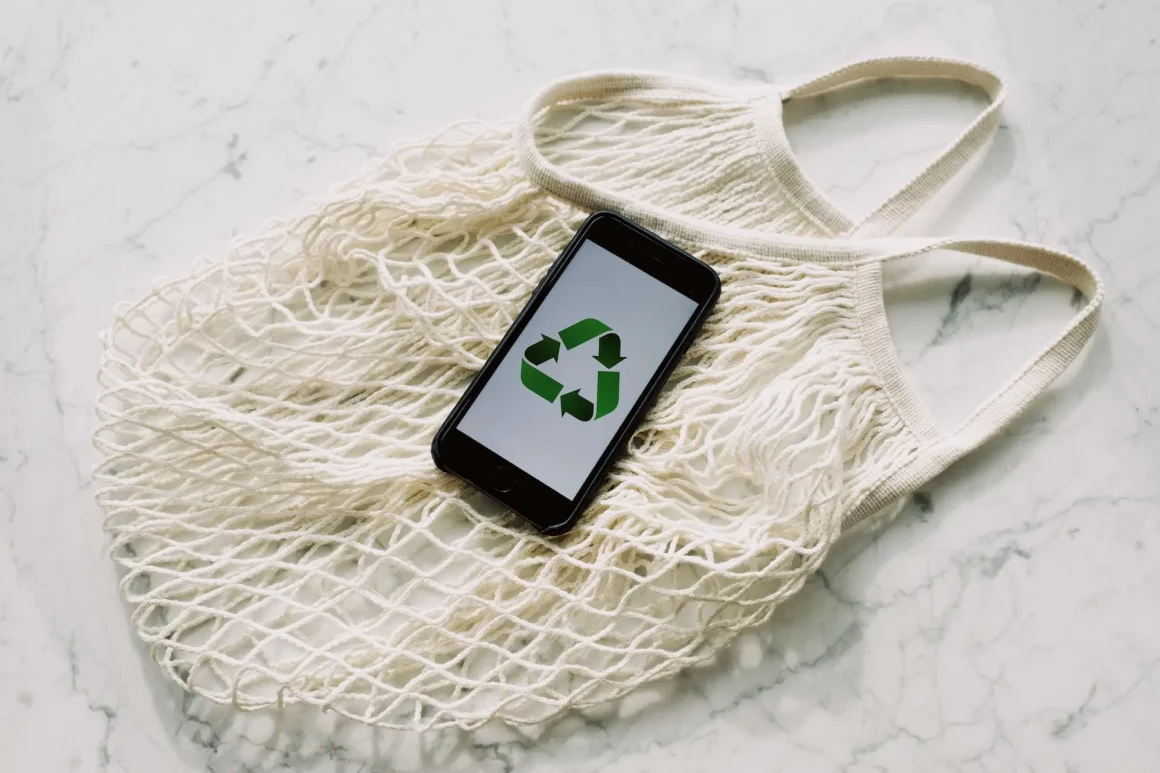written by Julstory editors
In an age where environmental crises loom large, sustainable living has transitioned from a choice to an urgent necessity. The solution starts at an individual level.
By rethinking our daily habits, purchasing decisions, and lifestyle choices, each one of us can make a profound difference. This guide seeks to shed light on the steps we can take in our daily lives to foster a greener, more sustainable future.
Understanding Sustainability
At its core, sustainability is the practice of meeting our current needs without compromising the ability of future generations to meet theirs. This concept extends beyond just environmental concerns, encompassing three fundamental dimensions.
Firstly, the environmental dimension focuses on conserving nature and its resources. Secondly, the social dimension emphasizes the well-being and rights of all individuals. Lastly, the economic dimension ensures that actions taken are financially viable, leading to long-term benefits. Integrating these three dimensions ensures that sustainable living isn’t just about the planet’s health, but also about fostering a harmonious coexistence of society and economy within nature’s bounds.

Reducing Carbon Footprint
Reducing our carbon footprint is no longer just a recommendation; it’s a necessity. Here’s how we can make impactful changes:
- Energy-Efficient Home Improvements: It starts at home. Consider installing solar panels or using energy-saving LED bulbs. Proper insulation can also save a significant amount of energy, ensuring your home stays warm in winter and cool in summer without over-relying on heating or cooling systems.
- Sustainable Transport: Before reaching for car keys, ponder this – can I walk, cycle, or use public transport? Adopting these modes isn’t just healthy for the environment; it’s healthy for you. Cities globally are expanding bike lanes, and cycling to work has become a new norm for many. Every step or pedal reduces your carbon trace.
- Fly Less, Discover More: The glamour of air travel has shadowed its carbon-heavy nature. However, reducing air travel doesn’t mean stifling your wanderlust. How about exploring local wonders or taking a train journey? Embrace slow travel; the journey often enriches the destination.
Every step we take towards a smaller carbon footprint echoes as a bold statement in the realm of sustainable living. The power to usher in a greener tomorrow is, quite literally, in our hands (and feet!).
Greening Your Diet
Living sustainably extends to the plate in front of us. Every meal is an opportunity to make an eco-friendly choice.
- Plant-Based Diets: A switch to a predominantly plant-based diet reduces the demand for animal farming, a significant contributor to deforestation and greenhouse gas emissions. Besides, vegetables, grains, and legumes generally require fewer resources to produce compared to meats.
- Reducing Food Waste: An astonishing amount of food is discarded every day. Be mindful of portions, use leftovers creatively, and store food properly to extend its life. Composting organic waste is another step towards living sustainably.
- Local and Seasonal Produce: Buying local supports community farmers, reduces the need for long-haul transportation, and ensures fresher, nutrient-rich food. Seasonal produce, not forced by artificial methods, is naturally more flavorful and nutritious.
A sustainable diet not only benefits the environment but also nourishes the body and soul. It’s an investment in personal health and the health of our planet.
Waste Management and Reduction
Managing our waste responsibly is a cornerstone of living sustainably. In our consumption-driven society, the aftermath—what gets discarded—often gets overlooked.
- Recycling: Do’s and Don’ts: Not all waste is equal. While metals, certain plastics, and paper often get the green light, items like pizza boxes with grease stains or certain plastic wraps can be non-recyclable. Educate yourself about your local recycling guidelines. Remember, incorrect recycling can contaminate an entire batch.
- Composting at Home: Organic waste, from food scraps to yard waste, can be transformed into nutrient-rich compost. It reduces landfill waste and rejuvenates the soil in your garden.
- Reducing Single-Use Plastics: The adverse effects of plastics, especially single-use ones, are undeniable. Opt for reusable containers, shopping bags, and bamboo or metal straws. Every plastic item avoided counts!
Water Conservation
- Efficient Fixtures and Appliances: Modern taps, showerheads, and washing machines are designed to deliver optimal performance using less water. An investment in them can lead to significant water savings over time.
- Rainwater Harvesting: Capture the free gift from the skies! Collecting rainwater reduces dependence on municipal supplies, can be used for gardening, and even household chores after proper filtration.
- Mindful Gardening and Landscaping: Choose native plants that thrive with minimal water. Also, mulching and creating shade can reduce evaporation, retaining moisture for plants.

Both waste management and water conservation are interlinked facets of living sustainably. They emphasize our responsibility towards the environment and the thoughtful utilization of resources.
- Sustainable Brands: Every time you make a purchase, it’s a vote. By supporting sustainable brands, you’re casting a vote not just for that product but for a future where businesses prioritize planet over profit.
- Mindful Fashion: The glitz of fast fashion might tempt many, but its environmental cost is steep. On the other side, sustainable brands rise like a beacon, promising fashion that doesn’t exploit. They offer garments that tell stories – stories of responsible sourcing, ethical labor, and minimal waste.
- Eco-labels: More than mere stickers, they are a testament. They vouch for the product’s journey, assuring consumers of its eco-friendly pedigree. Recognizing and valuing these labels can make our shopping more purposeful.
In essence, our consumer choices can either support the status quo or champion sustainable living. The power lies in our wallets and, more importantly, our intent.
The quest for clean, renewable energy sources has unveiled two giants in the realm of green solutions: solar panels and wind energy. These technologies harness the inexhaustible power of the sun and wind, offering a sustainable respite from fossil fuels that have for so long taxed our environment.








